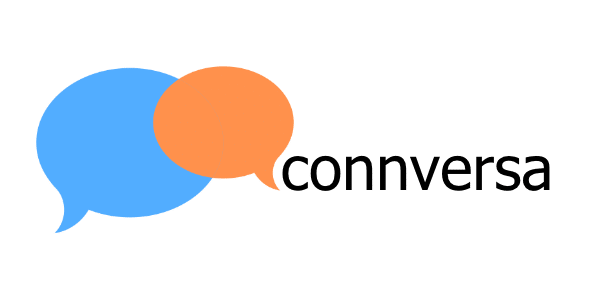When thinking of podcasts, videos usually aren’t the first thing to come to mind.
Video podcasting is the filming of a podcast recording session, then uploading it in tandem with your audio podcast episode. These are often on different platforms, as many podcast hosting sites do not support video.
While this may sound strange, creating videos to support your B2B podcast could actually be very beneficial! But before you invest in film equipment, take note of the downsides.
Pros
Expression Connection
Humans are hard-coded to understand each other through facial expressions and body language. Whether it be a smile after a joke or moving your hands to illustrate a story, physically seeing the person speaking to you helps your understanding of them. With an audio-only format, your audience lacks this crucial part of forming a connection. When you film your podcast recording, the audience gets a deeper insight into the process and can become more familiar with you. You and your guest become recognizable. It also helps your podcast to become more accessible, as you can easily add captions to a video and use body language to further your points.
YouTube Supremacy
YouTube is one of the largest platforms on the Internet, with roughly 2 billion people (⅓ of the Internet) using it regularly (https://www.youtube.com/intl/en-GB/about/press/). This provides a huge opportunity to tap into a deep network of people and gain a bigger audience. To truly stand out on YouTube, first research what people are searching for. Test different keywords, find people doing similar things, and see what searches are popular surrounding your topic. Include some of those keywords in your video title to take advantage of SEO.
Social Media Design
Many social media sites are optimized for video. However, they usually automatically mute videos in order to prevent unwanted noise while scrolling. While this isn’t ideal for podcasts, having a video of your conversation will entice people to stay on your post and turn the sound on. A static image isn’t engaging enough for users to want to listen to what you have to say. As mentioned earlier, humans like seeing other humans. Take advantage of this by posting short clips of your interview to promote the episode and gain more listeners on podcasting platforms.
Cons
Not Cost Effective
Starting a podcast is relatively inexpensive–all you need is a good microphone and editing software, some versions of which are free. Video production, on the other hand, has more costs. You initially need a quality camera, stand, and lighting. There’s also the learning curve that comes with editing video if you don’t have prior experience. This takes a lot of time and money in order to create a high-quality video.
Pressure
No longer can you record an episode lounging in your pajamas. Video requires you and your guest to look presentable. Your space should also look nice but not distract from the conversation. If your guest doesn’t have experience being filmed, they may be more nervous than if the episode was solely audio. It’s also harder to have a list of questions to reference–after all, your audience will notice if you keep looking away from your guest to glance at notes.
Less Convenient for Your Audience
One of the best things about audio podcasts is the ability to take them wherever you go. No matter if you are shopping, driving, or going for a walk, you can easily listen to podcasts. Video, however, requires more attention. It’s harder to watch a video and multitask, and depending on the length of the video, it takes up more time.
Takeaways
Video podcasting is on the rise, but that doesn’t necessarily mean it’s right for you. Think about your business plan and if it’s feasible to begin filming recording sessions. Also consider your audience and if they have the time to sit down and watch a whole video.
Even if you decide not to film the whole episode, you should still consider having clips to share on social media in order to vary your marketing tactics. Videos catch attention, so provide some engaging content to break up a user’s social media scrolling.
Either way, content is the most important part of a podcast. As long as you keep things fresh and exciting, your audience is sure to want more!
